Trudy Rubin: Trump gets a king's crown in South Korea, but is bested by Xi Jinping
Published in Op Eds
The most indelible image from Donald Trump’s whirlwind trip to South Korea emerged when he was gifted a replica of a Silla-era gold crown by South Korean President Lee Jae Myung.
If relations between Seoul and the White House weren’t so tense — given Trump’s sweeping tariffs and the detention by U.S. Immigration and Customs Enforcement agents of 300 South Koreans setting up a new Hyundai plant in Georgia — you might have thought Lee was trolling the president.
The gold crown certainly provided rich material for American talk show hosts. ABC’s Jimmy Kimmel deadpanned: “I guess they saw millions of us marching to say, ‘We didn’t want a king!’ Maybe he could just stay there and be king of South Korea.”
South Korean social media users retorted, according to the English-language Korea Times, that their country was “walking on thin ice every day” because of Trump’s policies. One online user snapped, “Koreans have overthrown their kings twice,” referring to their impeachments of two presidents within the past 10 years. “Americans have elected their kings twice.”
Indeed, the image of Trump’s new crown set the tone for the entire Asia-Pacific Economic Cooperation (APEC) forum, including its most important meeting: the summit between Trump and China’s Xi Jinping.
Moments before he headed into the summit, Trump declared on Truth Social that “The G2 WILL BE CONVENING SHORTLY!” The G2, or Group of Two, is a phrase that implies an equal economic and political power balance between the world’s two major economies. For that reason, China has long coveted the label, but the U.S. has rejected it (including during Trump’s first term).
Yet, Trump casually tossed it out, to Beijing’s delight, because, as he has repeatedly made clear, he envisions a world run by a cabal of two dictatorial rulers and one wannabe whose spheres of influence divide up the globe.
Trump gets the Western Hemisphere with his “Donroe Doctrine,” Vladimir Putin holds sway in Eurasia (including over onetime U.S. allies in Europe), and Xi is emperor of Asia. The president still appears to believe his personal ties to the two despots, along with his brilliance as a dealmaker, ensure he can outsmart them both.
He is wrong.
At the South Korea summit, Beijing showed that Trump’s kingly pretensions can’t substitute for vision, planning, and good staffing. Trump won on flattery, but Xi came out ahead.
What’s so scary is that POTUS appears to genuinely believe the temporary trade truce was a “12 out of 10” U.S. victory. No one who observed the outcome of the surprisingly brief summit — only 90 minutes including translation time — would swallow that guff.
In reality, after Trump started a global tariff war on April 15 (“Liberation Day”), followed by months of tit-for-tat escalation with China — including an end to Chinese imports of U.S. soybeans — Beijing escalated dramatically. Xi announced severe limits on rare earth elements and minerals that are essential to almost all modern technology.
Astonishingly, neither Trump nor any economic adviser foresaw that an ever-more-powerful China would lash back. Beijing’s 90% monopoly of rare earths and their production was well known but ignored. Despite the president’s bluster that the U.S. will soon catch up, it will likely take years.
Nor did Trump seem to worry about the soybean cutoff ruining farmers in red states. Never mind that a similar cutoff happened during his first term after another set of failed tariffs on China. Back then, farmers were so badly affected that the president had to fork over $28 billion of U.S. tax dollars to subsidize them (soybean exports had reverted to normal under President Joe Biden).
So now a temporary trade truce returns things to near status quo ante before Trump created his China problem, while the two sides haggle over a final trade deal. But Xi got tariff reductions and other concessions while giving up very little.
The restrictions on rare earth exports will be paused for one year, but still with more conditions than previously. More soybeans will be purchased, but no one knows how swiftly, since other Chinese contracts with Brazil and Argentina have been signed. And China promised, for the umpteenth time, to counter the export of chemicals used in manufacturing fentanyl.
Trump is now tariffing Canada twice as much as China for letting in fentanyl, even though Ottawa has almost completely blocked the drug from crossing its border. Yet, the president cuts China a break, even though it’s the longtime culprit.
This fits right in with Trump’s modus operandi: reward your enemies, punish your friends.
Perhaps most disturbing is how close Trump came to giving away critical U.S. technology to Beijing that could have seriously undermined national security — and may do so yet.
Just before the meeting with Xi, Trump hinted he might permit U.S. chipmaker Nvidia to sell its most sophisticated Blackwell semiconductor chip to China. This, even though first-term Trump and the Biden White House rightly foresaw that this could help China win the growing technology race.
In the end, Secretary of State Marco Rubio apparently convinced Trump to withhold Blackwell chips, but there’s no telling whether the president will change his mind when he travels to China in April, given his friendship with Nvidia CEO Jensen Huang, and given Trump’s pursuit of friendship with dictator Xi Jinping.
Meantime, in South Korea, which was pressured into offering a $350 billion fund for industrial development in the United States, the mistreatment of their nationals in Georgia has put such investment in question.
As for other Asian nations, watching Trump cozy up to Xi adds to concerns about their future relations with the White House. Taiwan wasn’t even mentioned, according to Trump, in his talks with Xi.
To sum up: Xi left South Korea looking like a statesman who forced the U.S. president to blink. And Trump left the region with a crown, looking like a braggart who can’t be trusted to stand by America’s Asian allies.
___
©2025 The Philadelphia Inquirer, LLC. Visit at inquirer.com. Distributed by Tribune Content Agency, LLC.
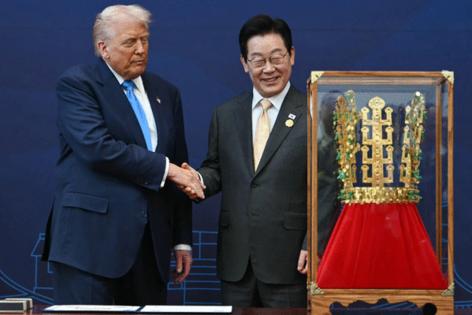


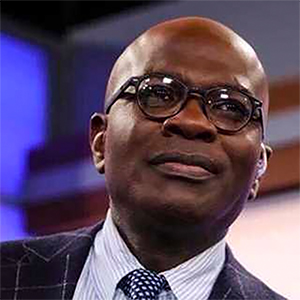



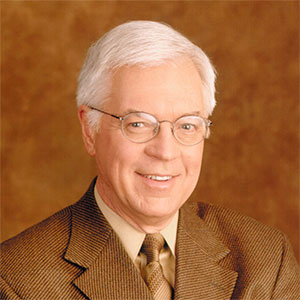










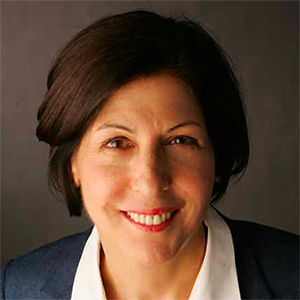








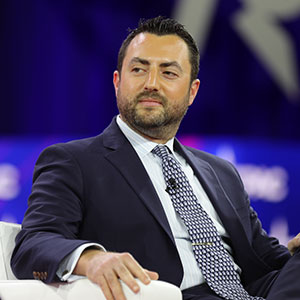
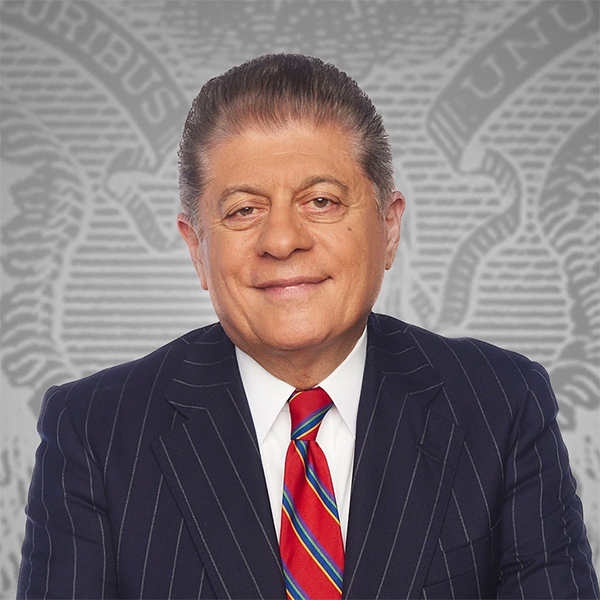






















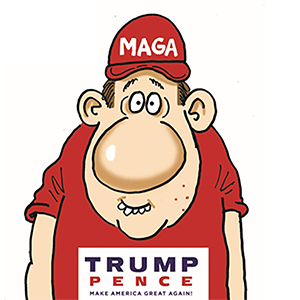

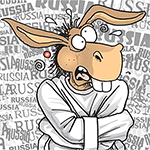


Comments